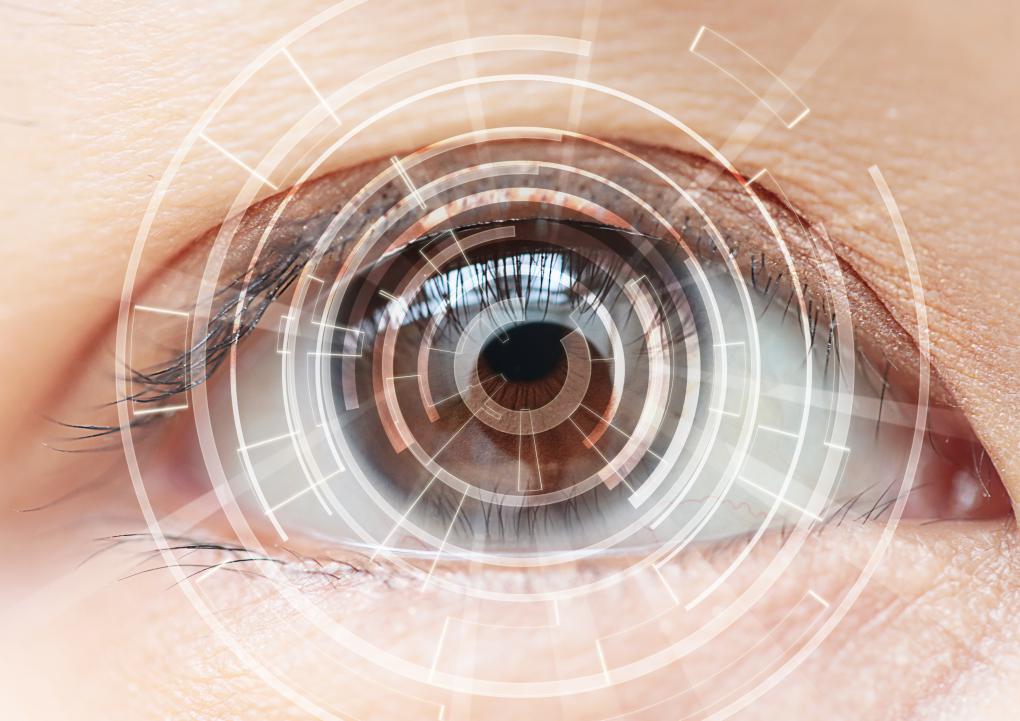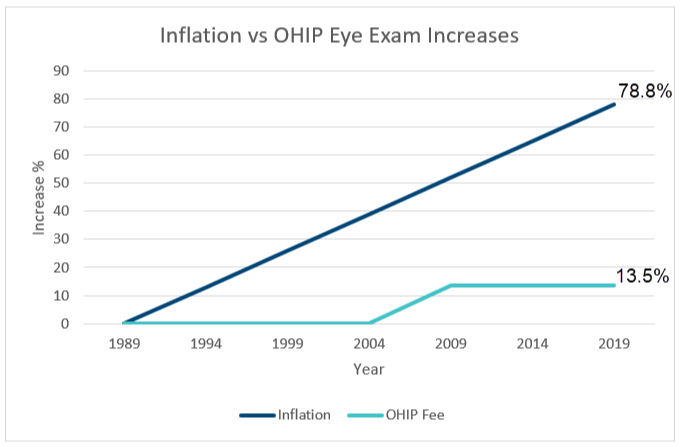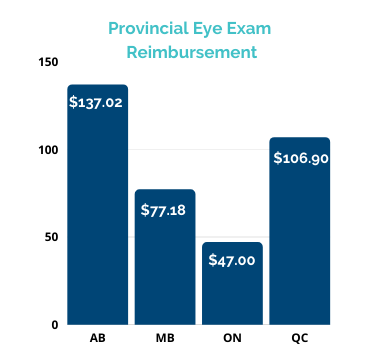Dry Eye Disease
Dry eye is a condition that many Canadians are experiencing these days. Dry eye disease has become a more common ailment as of recent. Symptoms can include a stinging, burning, or scratching sensation in your eyes, which can be pretty bothersome. So what could be making this condition more common? There are many possible causes of dry eye disease, including environmental factors, age, and health conditions.
Symptoms can include red eyes, watery eyes, blurry vision, fatigue, light sensitivity, and burning or painful eyes. The disease can also cause mucus in or around the eyes and a foreign object sensation. In severe cases, wearing contact lenses or driving at night can be difficult.
If you are experiencing dry eye symptoms, it’s essential to visit your optometrist to get a diagnosis and start treatment. Many treatments for dry eye disease are available, including over-the-counter and prescription medications, lubricating eye drops, and dietary changes.
Dry eye disease is becoming a common issue for many aging adults. The purpose of tears is to protect and lubricate your eyes, and this particular condition can unduly affect the bodies natural process. When your eyes lack sufficient moisture, they can become irritated, which can cause inflammation and/or damage to one’s eyes.
There are two varying types of Dry eye disease: aqueous deficient and evaporative. Both of these variants have different causes, but they have similar symptoms.
Aqueous deficient dry eye disease is often caused by a lack of tear production, while evaporative dry eye disease is usually caused by complications to the glands within our eyelids.
There are two types of the disease – evaporative and aqueous. In evaporative dry eye disease, the oil from the meibomian glands cannot release, which causes the tears to evaporate. This type is more common and occurs when the glands become blocked or clogged. Aqueous dry eye disease is caused by the meibomian gland dysfunction and can be due to diet.
Both variants of dry eye disease have various causes, some as simple as infrequent blinking and others as complex due to medical conditions. Dry eye disease has become a fairly common condition and can be caused by various factors. Common causes include age, medical conditions, certain medications,
desensitized corneal nerves, eyelid conditions, eye allergies, blinking less, posterior blepharitis, and vitamin A deficiency.
Each of these causes can significantly impact your vision and quality of life. Therefore, it is important to be aware of the different causes of dry eye disease and to take steps to protect your eyes from this condition. If you think you may have any form of this disease, it is essential to see an eye doctor or professional for a proper diagnosis and treatment plan.
If you think you may have dry eye disease, it’s essential to see your optometrist for a diagnosis. Treatment options often can vary depending on the type of dry eye disease you have but may include artificial tears, prescription medications, or surgery.
If you have experienced any/all of the following symptoms, you may wish to visit your optometrist: a feeling of grit in your eyes, excessive tearing, blurred vision, light sensitivity, or redness.
There are a few treatment options for dry eye disease, but the best way to prevent it is to keep your eyes hydrated. Make sure to hydrate and drink plenty of water and take breaks from using electronic devices. You can also use artificial tears or humidifiers to help keep your eyes moist.
If you experience any symptoms of dry eye disease, please visit our office for a consultation.



